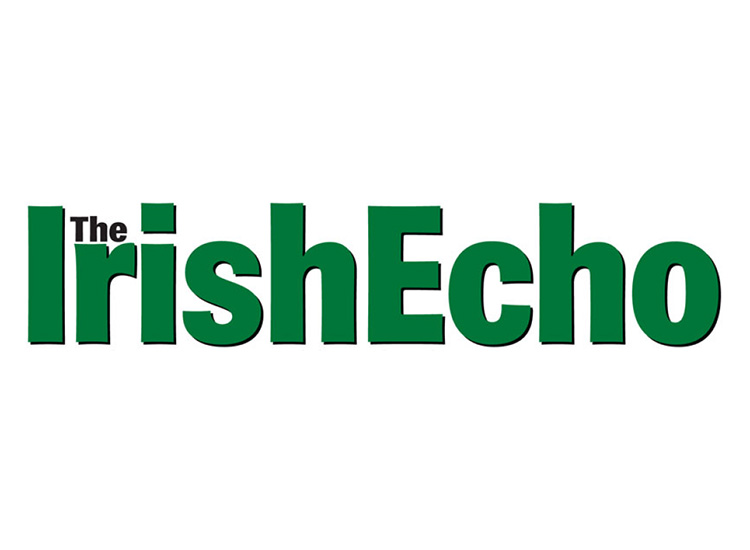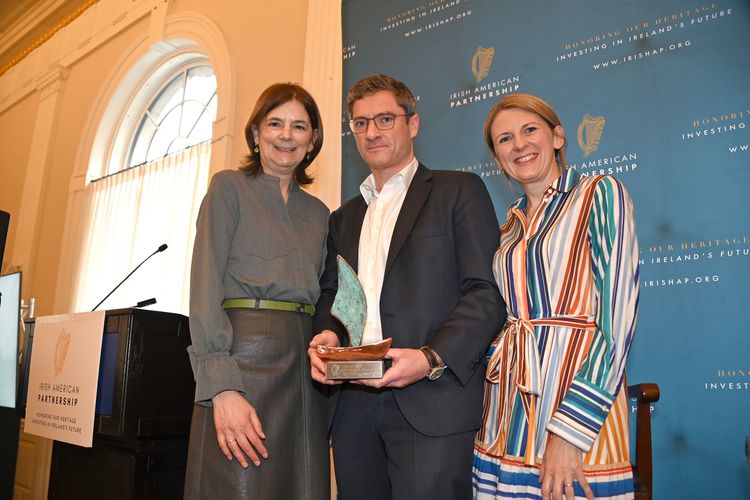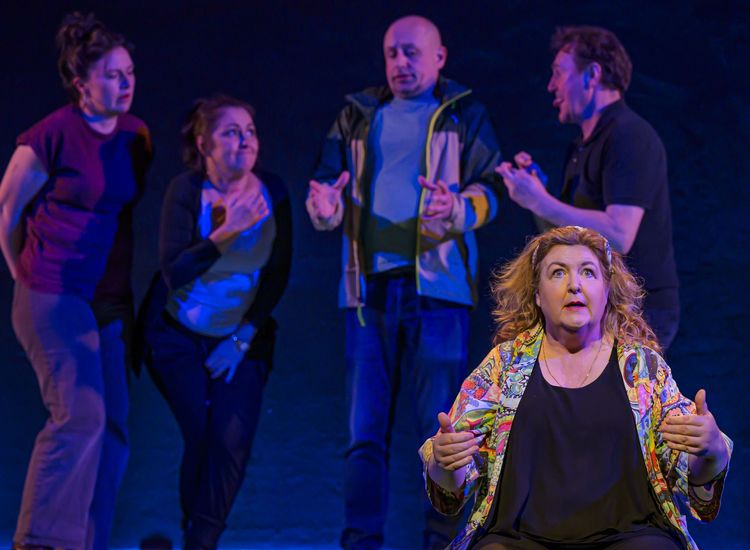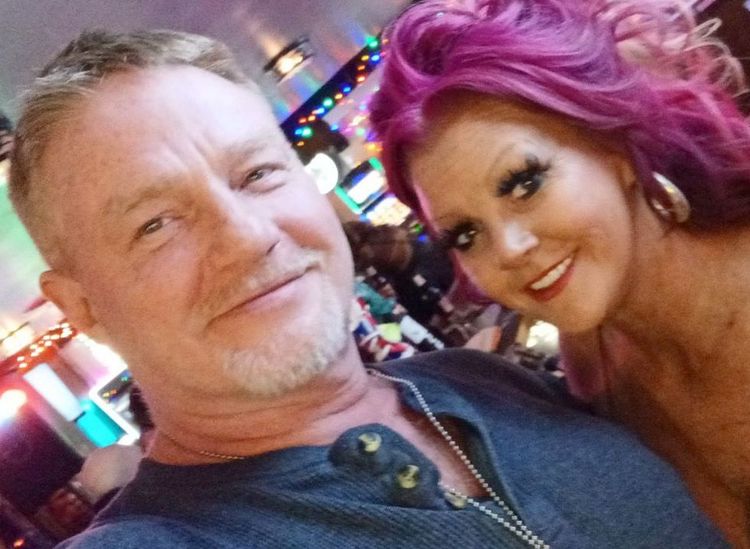Rebecca McGowan and Jackie O’Riley have great chemistry, which the visual element here is really best capable of capturing, says our columnist.
Traditional Music / By Daniel Neely
This week I’ve been watching “From the Floor: A Visual Album of Irish Dance Music,” a fascinating, brilliantly done project by Boston-area dancers Rebecca McGowan and Jackie O’Riley. I love this project on a number of levels. Although a film, it is presented in the manner of a music album with subdivided “tracks.” This makes it very different from any previous project I can recall, but the novelty of its presentation is ultimately overtaken by the quality of its contents: the dance, musical accompaniment, and production standard here are superb. A visual album is an idea no one yet seems to have tried, but with it, McGowan and O’Riley appear to have not only broken new ground but raised a standard that others might see fit to explore.
https://www.youtube.com/watch?v=w0ie6g9IlCM
McGowan and O’Riley perform frequently as a pair and are well known dancers and teachers in the northeast. McGowan’s foundation is in traditional step (she studied with Clare Sullivan and later with Kieran Jordan and the Culkin School), however her work also explores older style step and sean-nós dance. In addition to her work with O’Riley, she performs with the contemporary step dance company Rising Step and with Kieran Jordan Dance, and has danced at the Kennedy Center, in WGBH’s “A Christmas Celtic Sojourn,” and at numerous festivals throughout the northeast. She also teaches, and has her own non-competitive step dance school based in Arlington and Cambridge, Mass., (www.rebeccamcgowandance.com).
O’Riley’s started set dancing as a child, but as a teenager began exploring old-style step and sean-nós dance, first at the McNeish School in Burlington, Vt., and then (like McGowan) with Kieran Jordan. However, O’Riley’s repertory is distinct because it’s informed by many sources. Over the years, she’s worked very hard to track down and learn from dance masters like Peggy McTeggart, Patrick O’Dea, Michael Tubridy, Aidan Vaughn, Padraig O hOibicn and Noel Devery, and each has affected her in important ways. You see this in her performances, in her original choreography, and in her teaching, for which she is widely known. Her school, O’Riley Irish Dance, is a non-competitive dance program for kids in the Boston area and was founded in 2010, www.jackieoriley.com.
https://www.youtube.com/watch?v=Tvm-f3bpxNw&feature=youtu.be
The idea for this project came about in 2015, when McGowan and O’Riley were at McGowan’s grandmother’s house, reflecting on the ephemerality of dance and the limitations of how it has been typically presented. Dance has, of course, figured into sound recordings over the years, but sound only tells part of the story. Instructional videos get more to the heart of things, but are prosaic by nature. Sprawling Riverdance-type productions serve a different, more corporate purpose and are less about individual expression. So, in the moment, they resolved to make a video that they though expressed who they were as dancers. They posted this “demo” of sorts to Facebook and it was warmly received. It would be the first step on the path to “From the Floor.”
“In the way a musician has the outlet of creating an album,” the project’s liner notes read, “we felt it should be possible to create a ‘visual album’ – a collection of dances caught on film that are connected by being of the same moment in our creative process, rooted in a physical space that means something to us, and representing the style and repertoire that we practice.”
This is precisely what the album delivers. There are six “tracks,” four of which feature both dancers, with each getting a single solo feature. McGowan and O’Riley have great chemistry, which the visual element here is really best capable of capturing. Their choreography makes prominent use of historical steps and variations – old-style traditional step and sean-nós, predominantly – learned from a variety of sources. They also incorporate a good deal of original steps as well. What these steps are and where they got them are explained in the album’s liner notes, which are posted on the project’s website. (I particularly like the album’s final track, where McGowan and O’Riley start with a hop jig with original steps, they transition into a reel with the two dancers trading steps, then transition back into the hop jig – lovely stuff!)
Incidentally, Chris Stevens (accordion and concertina) provides excellent musical accompaniment on every track. He is joined twice by Nathan Gourley (fiddle), who brings a warmth to the tracks on which he appears. The music here is very, very well done and again, the visual dimension really accentuates the dynamic between musician and dancer.
Those interested in buying the album can do so through the project’s website, below. One can also obtain it by buying a limited edition download card directly from McGowan or O’Riley. It is large, beautifully designed, and printed on thick, elegant card stock, which gives it a “collectible” feel. The film itself streams from the From the Floor website, but it can also be downloaded directly to one’s own computer.
“From the Floor” is an audacious, groundbreaking, and brilliantly realized project. McGowan and O’Riley dance beautifully together and on their own, and they have a fantastic rapport with Stevens and Gourley, both of who play with great sensitivity. They are the stars of the show here. However, videographer and editor Louise Bichan’s role shouldn’t be overlooked. Each dance scene is engaging shot, the video as a whole is exactly as long as it should be, and the project makes good visual sense overall. I love this project, and I think others should take a good, hard look at how it dramatically expands what an album can be. I highly, highly recommend buying it. To learn more, visit www.fromthefloordance.com.










